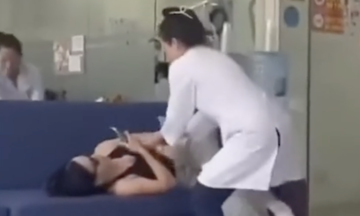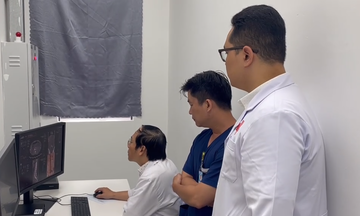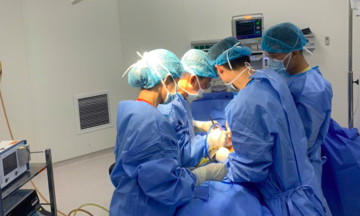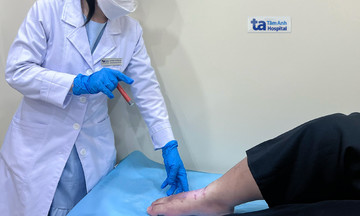According to the owner, the dog was typically docile and had never bitten anyone before. However, it had recently become irritable due to another dog competing for its food. The dog was up-to-date on its rabies vaccinations.
Despite this, An Luong and his girlfriend went to a medical facility for a check-up. They were given rabies vaccines and immunoglobulin. "Even vaccinated dogs can still carry rabies," Luong said.
 |
Unleashed and unmuzzled dogs are a common sight in residential areas and restaurants. Photo: Dieu Thuan |
Unleashed and unmuzzled dogs are a common sight in residential areas and restaurants. Photo: Dieu Thuan
In a separate incident, Phuong Thao, 19, from Ham Thuan Nam commune, Lam Dong province, was bitten while trying to pet a dog at a cafe. The startled dog bit her arm, causing a bleeding laceration. Thao sought medical attention and received two booster rabies vaccines, having already received a course of five vaccines the previous year. The dog died five days later.
According to Dr. Pham Dinh Dong, Medical Manager of VNVC Vaccination System, dogs are loyal companions and common in Vietnamese households for security and companionship. In 2024, over 4.9 million Vietnamese households owned a total of 7.6 million dogs and cats.
However, dogs also pose a risk of disease transmission through bites, scratches, and licks. During hot summer months, heat and dehydration can make dogs and cats more irritable and aggressive, especially when their food is threatened or they have recently given birth. The prevalence of unleashed and unmuzzled dogs, combined with low rabies vaccination rates, further increases the risk of rabies transmission.
Rabies is an acute infectious disease transmitted through the bites, scratches, or licks of infected animals. The incubation period is typically two to six days. Once symptoms appear, the mortality rate is nearly 100%.
Dr. Dong advises against complacency regarding rabies, even if a dog or other animal has been vaccinated. If attacked by an animal, individuals should immediately clean the wound and seek rabies vaccination as soon as possible.
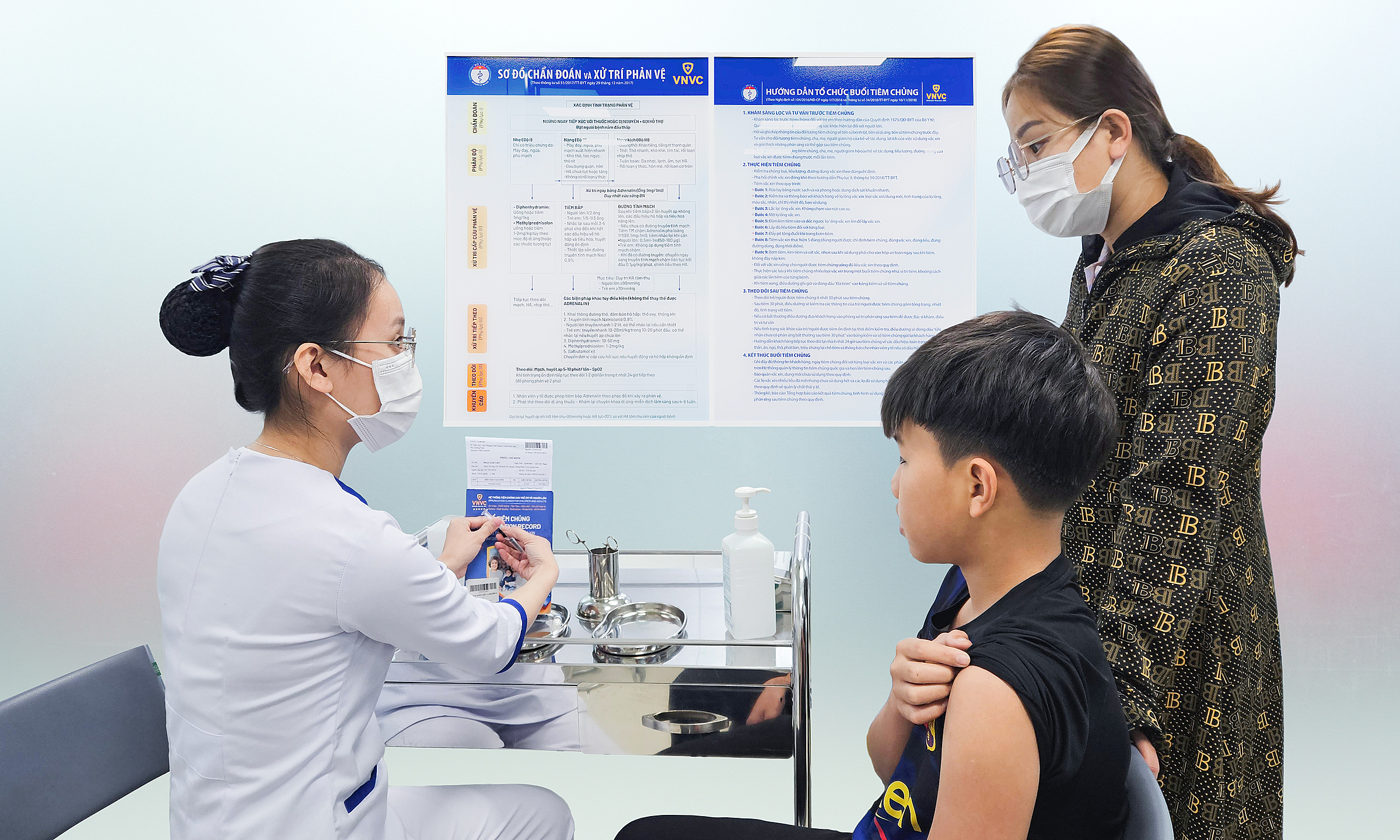 |
A child receives a rabies vaccine at VNVC Vaccination System. Photo: Moc Thao |
A child receives a rabies vaccine at VNVC Vaccination System. Photo: Moc Thao
Wound treatment involves washing the area under running water with soap for 15 minutes, followed by disinfection with 45-70% alcohol or iodine solution to minimize viral entry. Avoid further injuring the wound, and refrain from covering it tightly, using folk remedies, or seeking treatment from traditional healers.
Vietnam currently offers two types of rabies vaccines: Verorab (France) and Abhayrab (India), administered intramuscularly or intradermally. For individuals with no prior vaccination history or an unclear vaccination record, the post-exposure prophylaxis consists of five intramuscular injections on days 0, 3, 7, 14, and 28, or eight intradermal injections on days 0, 3, 7, and 28. Depending on the severity of the wound, doctors may also administer rabies immunoglobulin. Observation of the animal for 10 days can sometimes halt the vaccination schedule.
Individuals at high risk of rabies exposure can receive pre-exposure prophylaxis. This involves three injections on days 0, 7, and 21 or 28, with boosters as directed by a physician. If a fully vaccinated individual is subsequently bitten or scratched, they will require two booster doses on days 0 and 3. Further exposures only necessitate two booster doses, without the need for immunoglobulin.
Cong Nguyen







